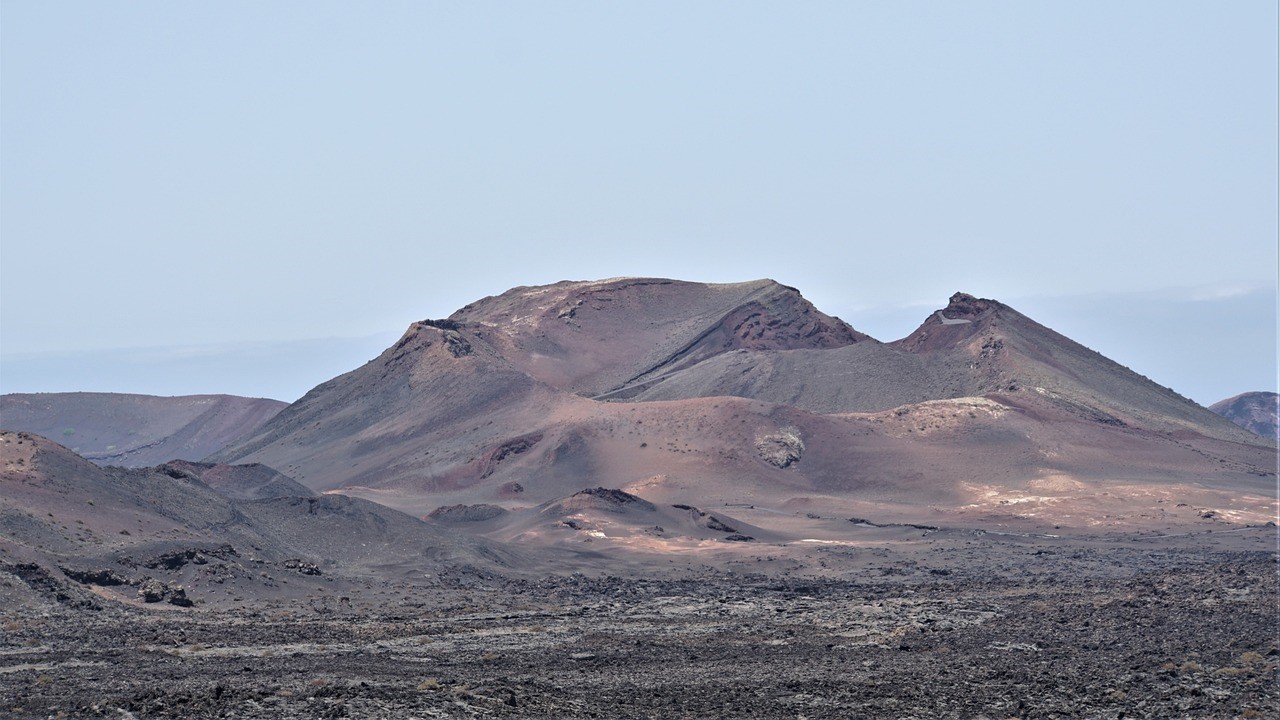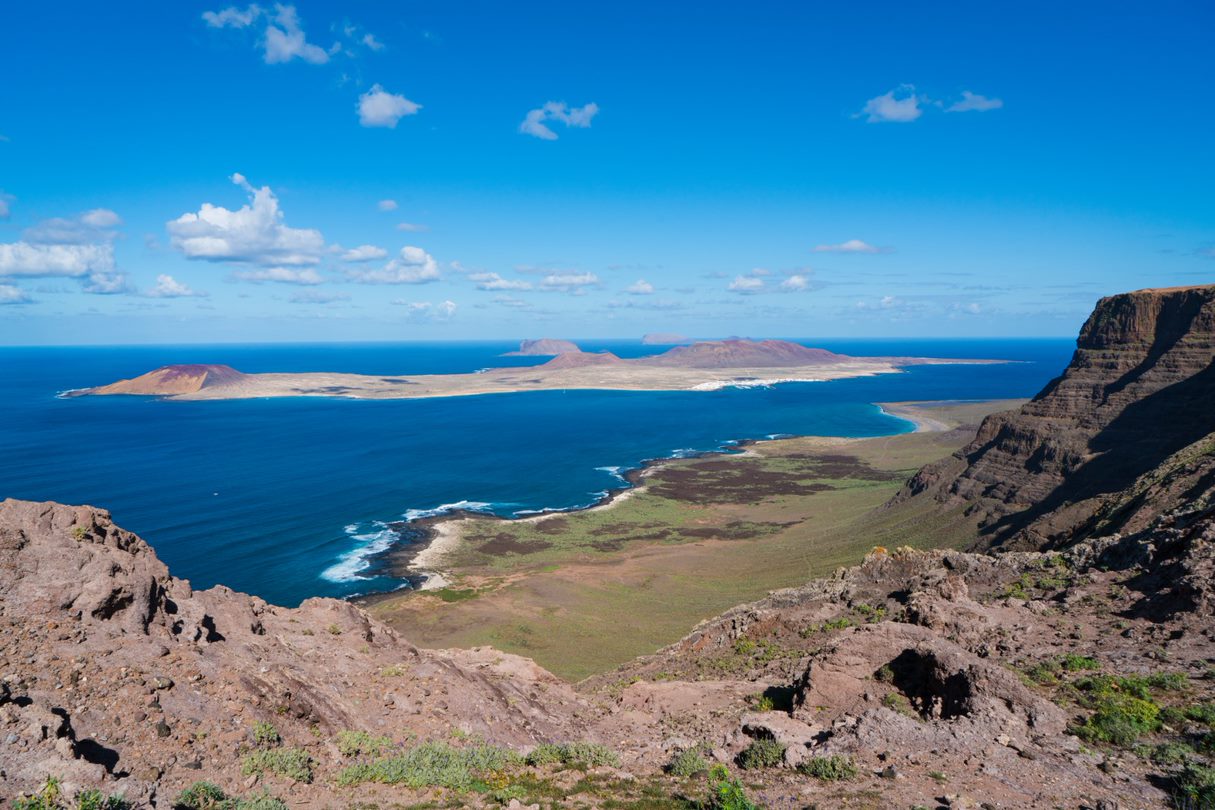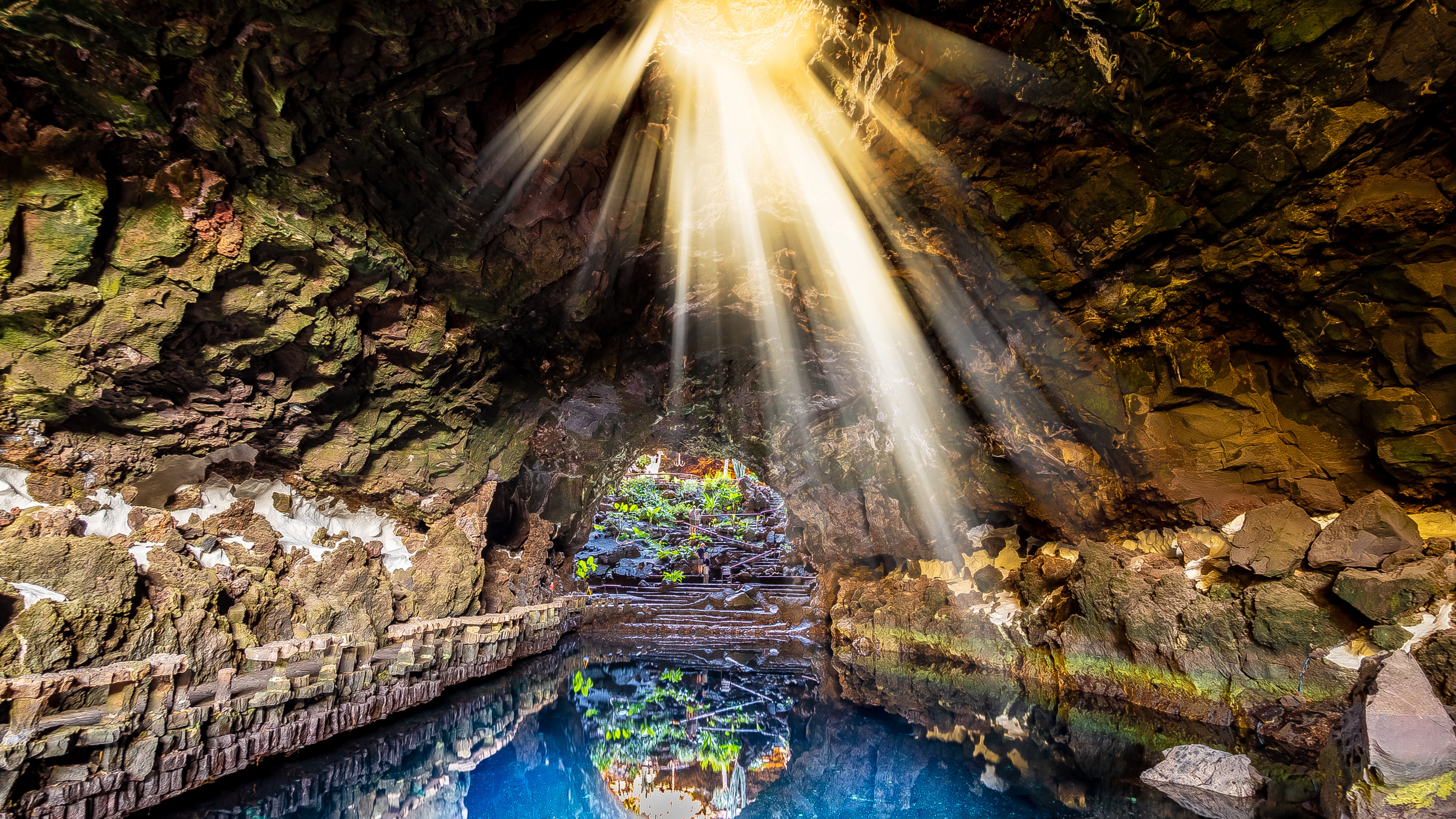Beyond the golden sandy beaches and volcanic landscapes, the island of Lanzarote is known for being home to true natural sanctuaries full of unique biodiversity.
These areas are authentic natural treasures that play a fundamental role in the conservation of the island's endemic flora and fauna, so today we invite you to join us on this journey to the Canary Archipelago to discover some of the wonders that await you in Lanzarote, an unbeatable destination for nature and adventure lovers.
Let's get started!
1. Timanfaya National Park

You've probably heard of Timanfaya National Park, as it is one of Lanzarote's most emblematic natural treasures. Known for its surreal volcanic landscape and impressive fire mountains, the park is a living testimony to past volcanic activity and presents a great geological diversity.
Access to the park is restricted to protect its fragile ecosystem, but visitors can enjoy bus tours and guided walks to admire the beauty of this unique place.
2. Natural Park of the Volcanoes

Adjacent to the Timanfaya National Park is the Parque Natural de los Volcanes. This extensive protected area covers a large part of the southwest of the island, between the municipalities of Tinajo, Tías and Yaiza.
It is made up of a series of lava fields, as well as volcanic cones and tubes reminiscent of the lunar surface, and although it is sparsely vegetated, the park is home to flora adapted to the extreme soil conditions, such as lichens and broom.
If you want to visit this area, it is possible to go on walking and cycling excursions to explore its incredible landscape.
3. Integral Nature Reserve of the Northern Islets

The waters surrounding Lanzarote are also home to some hidden treasures. The Reserva Natural Integral de los Islotes is located in the north of the island, made up of the islet of Montaña Clara, and the rocks of the West and East.
It is considered one of the most important enclaves for nesting and breeding seabirds in the eastern Atlantic, as well as having palaeontological sites of great scientific interest.
Given the fragility of this space and its numerous values, human presence is not permitted on any of the islets, nor is underwater activity in its waters.
4. Los Ajaches

If you want to see with your own eyes the origins of Lanzarote, you can go to the south, where you will find a large volcanic formation that is the oldest part of the island. You can discover caves, engravings and a great diversity of plant species, many of them endemic to the Canary Islands, such as the tabaiba.
Also, if you love trekking, you can't miss this visit. With a route of 6km, you will have a path that starts in the village of Femés and ends in the coastal nucleus of Playa Blanca.
5. Jameos del agua

Does the picture above look familiar?
One of Lanzarote's best known jewels is to be found in the Jameos del Agua. A unique underground volcanic formation created by the eruption of the Corona Volcano.
Los Jameos are natural caves that have been transformed into a cultural space designed by the famous artist César Manrique, and are home to a species of blind crab endemic to Lanzarote, known as "jameito". This is one of the few species of crab adapted to life in caves.









